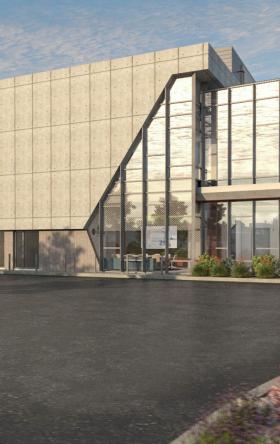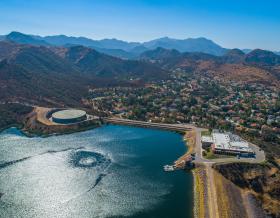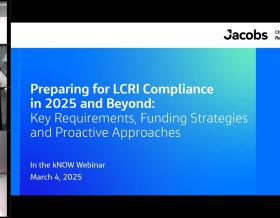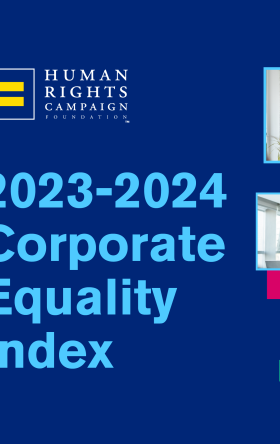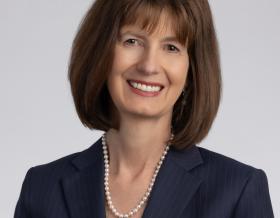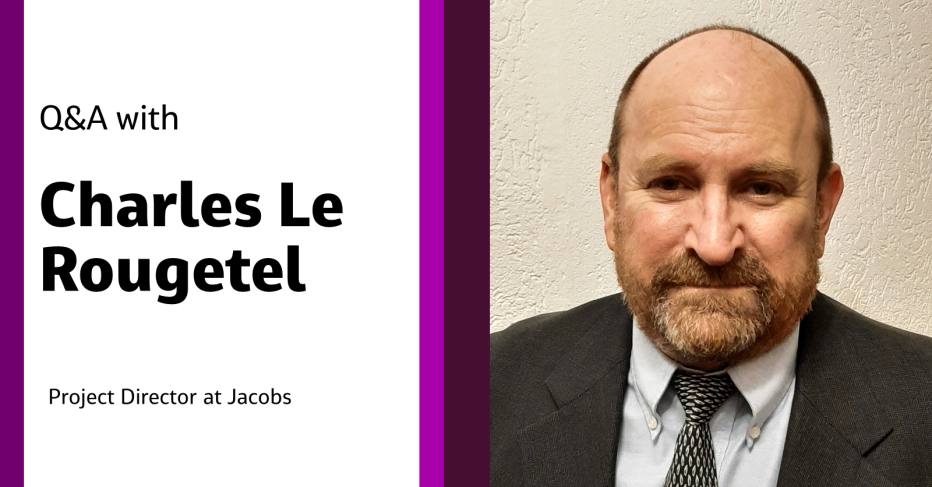
A “program animal” like Charles Le Rougetel is drawn to big, complex projects like a moth to a flame. From buying one-way tickets around the world to taking on a $11 billion (€13billion) investment like SuedLink in Germany, Charles welcomes challenge. We interviewed Charles about the complexity of the SuedLink program, his work and world travels, and the importance of having a laugh in the midst of serious work.
Can you tell us a bit about your Jacobs journey and the work you do?
I was hired about two years ago as Deputy Program Director for SuedLink in Germany, but currently I am head of the high voltage, direct current (HVDC) converters on the southern section of the SuedLink line.
Tell us about that project.
SuedLink is a 525-kilovol (kV), two-circuit HVDC cable located 700 kilometers (km) underground, the first of its kind anywhere. It’s quite a great undertaking to put a high voltage circuit 700 km underground in a densely populated country like Germany. Although nobody likes to see above-ground transmission lines, you don’t have to worry about what’s underground, just where to put the towers above ground. But if you go underground, the sheer amount of stuff down there presents all kinds of challenges: roads, railways, highways, rivers, streams and pipelines. It’s absolutely breathtaking. The cables come in 2 km sections maximum, and one truck weighs 100 tons. Just the logistics of getting those cables where they need to go are stunning. There are environmental restrictions as well; if you need to drive these big, tall loads down a road, you have to map out the flora and fauna in advance. It’s incredibly complex.
That sounds quite complex. What draws you to challenging projects?
If you’re a program animal, the bigger the program, the more attractive it is. It’s a bit like a moth to a flame, you get drawn to it. You think, “that’s a 13-billion-euro program, that sounds cool,” and then you realize really how much is going on and how complex it is. But that’s the nature of the beast when you work in projects and programs – the bigger it is, the cooler it is.
What was another challenging project you worked on?
I worked on a program in Kenya, which was to connect the biggest wind farm in Africa to the country’s grid. An international consortium of investors came up with the program. They found that the wind in Lake Turkana was the most perfect wind you could get – even more perfect than they thought because the wind blows at night, which is unusual. Kenya is now practically getting 24 hours a day production from it.
The project involved a 432 km 400 KV double circuit transmission lines through the Great Rift Valley, through the heart of Kenya. There were a massive number of stakeholders, technical challenges, political pressure and a tight timeline, but there were also a lot of cool challenges: elephants walking onto the line, cheetahs in the bush and giraffes grazing a few hundred feet away from me and some engineers one day.
Why is it important to have cultural competency in our area of work?
We must understand that different cultures have different ways of looking at problems, at organizations, at everything, really. We just assume that everyone thinks the same way, but if you travel around the world, you find that’s not true. It’s important to understand your audience and the assumptions that people will make, because those assumptions will not necessarily be the same.
How have those lessons impacted your own leadership style?
I’ve seen that if you instill a fear of making mistakes, you risk paralyzing your project, because everyone makes mistakes and that’s how people learn. So, I like to be loose and informal. I’m always joking around in meetings. That doesn’t mean I’m not serious – there are times when you are naturally serious in the face of a grave situation, but generally you can be serious and still laugh. I think people do their best work when they’re having fun – I certainly don’t like being bored – so my natural disposition is to say, “let’s enjoy ourselves while we’re doing this, because we’re all working very hard.” I think that’s even truer of the next generation of the workforce.
People would be surprised to know that I…
I traveled South Asia, Africa and Europe for about five years. When I graduated undergrad, my only ambition was adventure. You can’t beat buying a one-way ticket and saying, “I wonder where I’ll end up!” I crossed off a lot of bucket list items, saw a lot of things and learned a lot about the world.
What do you enjoy most about being part of #OurJacobs?
It’s impressive the way that Jacobs promotes its culture of caring. It is quite different to other big companies – and I’ve worked for many – who talk about it. But at Jacobs, I get the feeling that the message really is meant. I haven’t been at Jacobs very long, only two years on a big demanding project, and even my meetings with senior leadership always start with a culture of caring moment.
At a corporate level, Jacobs’ conscious decision to completely refocus themselves on the green revolution and energy transition is a gutsy move, and the action speaks volumes about the company’s direction and how seriously it takes climate change.
Join #OurJacobs team
What drives you drives us as we work to build a better world – together. At Jacobs, every day is an opportunity to make the world better, more connected, more sustainable.
We’re always looking for dynamic and engaged people to join our team. Bring your passion, your ingenuity and your vision.Let’s see the impact we can create, together.
